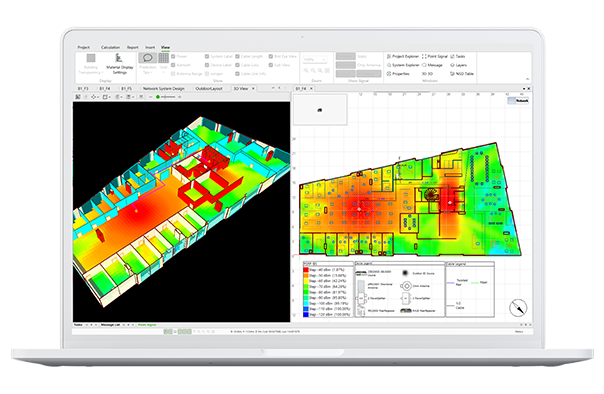This project’s objectives are to develop and verify the new concept of the wireless friendly, energy efficient building. The wireless propagation properties of building and insulation materials must be assessed. The same properties must be measured for building structures such as walls (internal and external), floors, facades and window systems. These properties will be evaluated from 400 MHz to 20 GHz to include both current and future wireless networks and systems. A significant part of this project is the development and optimisation of CAD tools that combine wireless propagation models with energy efficiency models producing a complete model for the built environment. New innovative construction materials such as glass and steel fibre reinforcement will be studied and new architectural designs investigated to improve wireless signal propagation while maintaining energy efficiency.
our objective

Proposal

Objectives
The project will address how existing buildings can be reconfigured in addition to showing how new buildings can be designed for wireless and energy efficiency.
Several case studies will be modelled including a secure building, a smart home including smart energy metering, the use of intelligent reconfigurable structures and a mixed use shopping/commercial environment. Finally four test projects will evaluate energy and wireless buildings experimentally.
Research News
Explore our Research News
Discover how our cutting-edge research projects are shaping the future of wireless network technology



